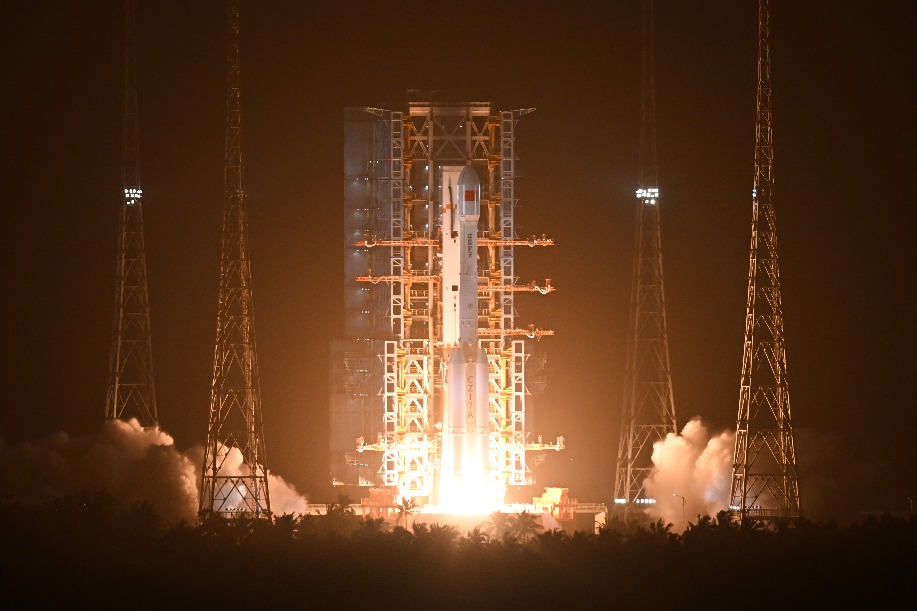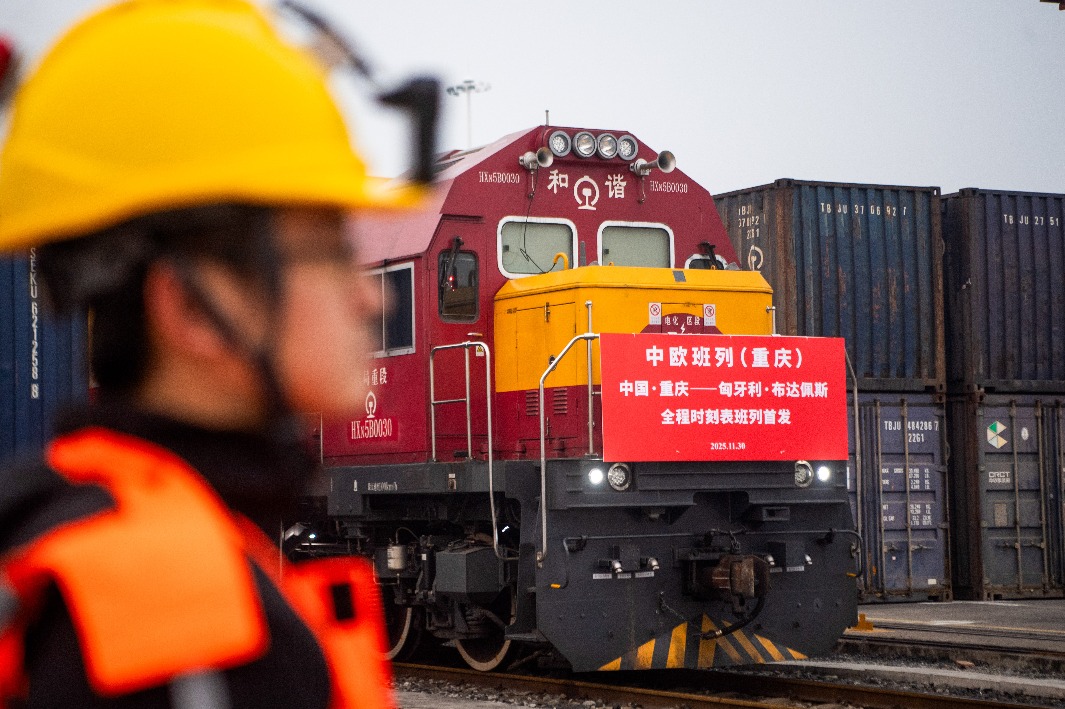Reducing relative poverty seen as new national goal


China will shift its focus to reduce "relative poverty" after achieving the goal of eliminating absolute poverty this year, according to a poverty expert.
"Relative poverty refers to a living standard that is below the average level of society. Different from absolute impoverishment, which means people's basic living needs cannot be met and can be eliminated through poverty alleviation efforts, relative poverty is a gap in living standards that can only be reduced, not eradicated," Wang Sangui, director of the National Poverty Alleviation Research Institute at Renmin University of China, told reporters from China and abroad at an informal news conference held in Beijing by the All-China Journalists Association on Tuesday.
He said the Central Committee of the Communist Party of China has considered setting a "transition period", during which previous policies on poverty alleviation will continue to prevent some people from falling back into poverty.
"Meanwhile, more policies to reduce relative poverty will be drafted and carried out under the framework of rural vitalization during this period to narrow the gap in incomes," he noted, adding that the CPC Central Committee has paid great attention to this issue and will concentrate on helping people living in relative poverty develop and lead better lives in the coming years.
He said China has made an obvious achievement in poverty alleviation over the past several years. When targeted measures were first taken to battle poverty in 2014, there were more than 30 million households-or almost 100 million people in China's rural areas-classified as impoverished.
"They lived in remote areas and couldn't climb out of poverty simply through the general development of the local economy, industry or infrastructure because they possessed no resources, funds or skills. That's why China decided to implement targeted poverty alleviation," he said.
By analyzing the causes or factors of poverty and helping this group of people solve their problems-living, housing, education, medical treatment, employment, social insurance-one by one, the impoverished population in China's rural areas was diminished to 5.51 million by the end of last year.
The whole process involved the efforts of government departments at all levels and millions of officials who were dispatched to work in these areas, Wang said.
It is expected that the goal of lifting all impoverished people in China out of poverty will still be achieved by the end of the year despite the influence of the COVID-19 pandemic, he added.
- Yangpu, where innovation and community thrive
- Wuxi drone show enthralls audiences
- China's first ice-floating club opens in Xinjiang's Altay
- Death toll rises to 151 in Hong Kong residential complex fire: authorities
- 13 people arrested for suspected manslaughter after Hong Kong's fire: authorities
- Chinese satellite reveals mysterious cosmic 'fireworks'





































